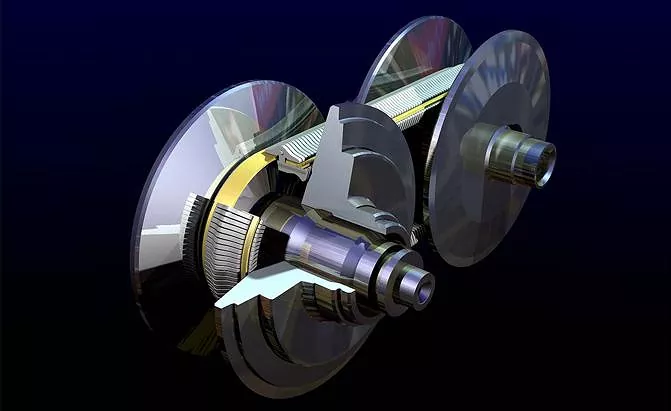In the ever-evolving automotive industry, automatic transmissions have become a standard feature in modern cars. Continuously Variable Transmission (CVT) is a popular choice, celebrated for its smooth gear transitions and infinite gear ratios. Before exploring its pros and cons, it’s essential to highlight the mandatory third-party car insurance coverage mandated by the Motor Vehicles Act 1988, ensuring financial security.
Car Insurance
An online comparison tool allows prospective buyers to find the most suitable plan, ensuring ease of renewal and purchase within minutes. You can also renew Bajaj Allianz car insurance online in just a few easy steps. Now, let’s explore the advantages and disadvantages of CVT transmissions. Claims are subject to terms and conditions set forth under the motor insurance policy. *
Benefits Of CVT
Increased Fuel Economy: CVTs excel in fuel efficiency, crucial in rising fuel costs and a global push for economical driving. They are often featured in Hybrid and Plug-in Hybrid Electric Vehicles (PHEVs), enhancing mileage. Notable examples, such as the Honda Amaze, highlight the efficiency of CVT engines.
Smooth Long-Distance Travel: The belt-driven mechanism of CVTs ensures a smooth and jerk-free driving experience, particularly on long-distance journeys. Unlike traditional gearboxes, CVTs eliminate unexpected lurches, enhancing the overall quality of the drive. The relaxed and steady engine performance is especially noticeable during extended travels.
Responsive Power Delivery: CVTs offer variable gear ratios, allowing for responsive and positive power delivery, especially in challenging terrains or during incline acceleration. The absence of fixed gear ratios eliminates manual gear changes, ensuring optimal speed and force, which is particularly beneficial on highways.
Reduced Components And Weight: CVTs boast a streamlined shifting process with fewer components, minimising the risk of mechanical failure. This simplicity lowers maintenance needs and reduces overall engine weight, directly enhancing fuel efficiency.
Drawbacks Of CVT
High Maintenance Costs: The unique oil requirements of CVT engines contribute to higher maintenance costs compared to traditional gearboxes. The specialised oil is essential for preventing slippage in the CVT unit, highlighting the need for specific maintenance practices that may incur additional expenses.
Strange Sound When Accelerating: An identifiable downside of CVTs is the peculiar sound generated during acceleration, often referred to as the rubber band effect. While this sound does not significantly affect power delivery, it creates a non-linear accelerating tone, which some drivers may find unusual or less enjoyable than other transmission types.
Expensive Repairs: CVTs exhibit a higher likelihood of failure than conventional gearboxes, with a reported lifespan of around 80,000 to 90,000 kilometres. Once the CVT belt starts deteriorating, manufacturers often recommend replacing the entire gearbox system, leading to substantially higher repair costs.
Understanding CVT’s pros and cons is vital for wise car purchases. Popular CVT models in India, like MG Astor, Honda Amaze, Nissan Kicks, Magnite, and Renault Kiger, offer diverse choices. Assessing individual needs and budget constraints helps select the right vehicle. Additionally, securing suitable car insurance is essential for safety and financial protection. Make sure you carry out the process of Bajaj Allianz car insurance renewal on time for uninterrupted coverage. Claims are subject to terms and conditions set forth under the motor insurance policy. *
Subscribe to Bajaj Allianz General Insurance YouTube Channel here!
*Standard T&C Apply
Disclaimer: The content on this page is generic and shared only for informational and explanatory purposes. It is based on several secondary sources on the internet and is subject to changes. Please consult an expert before making any related decisions.
Insurance is the subject matter of solicitation. For more details on benefits, exclusions, limitations, terms, and conditions, please read the sales brochure/policy wording carefully before concluding a sale.




